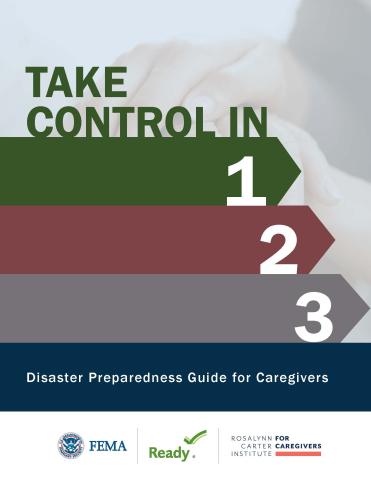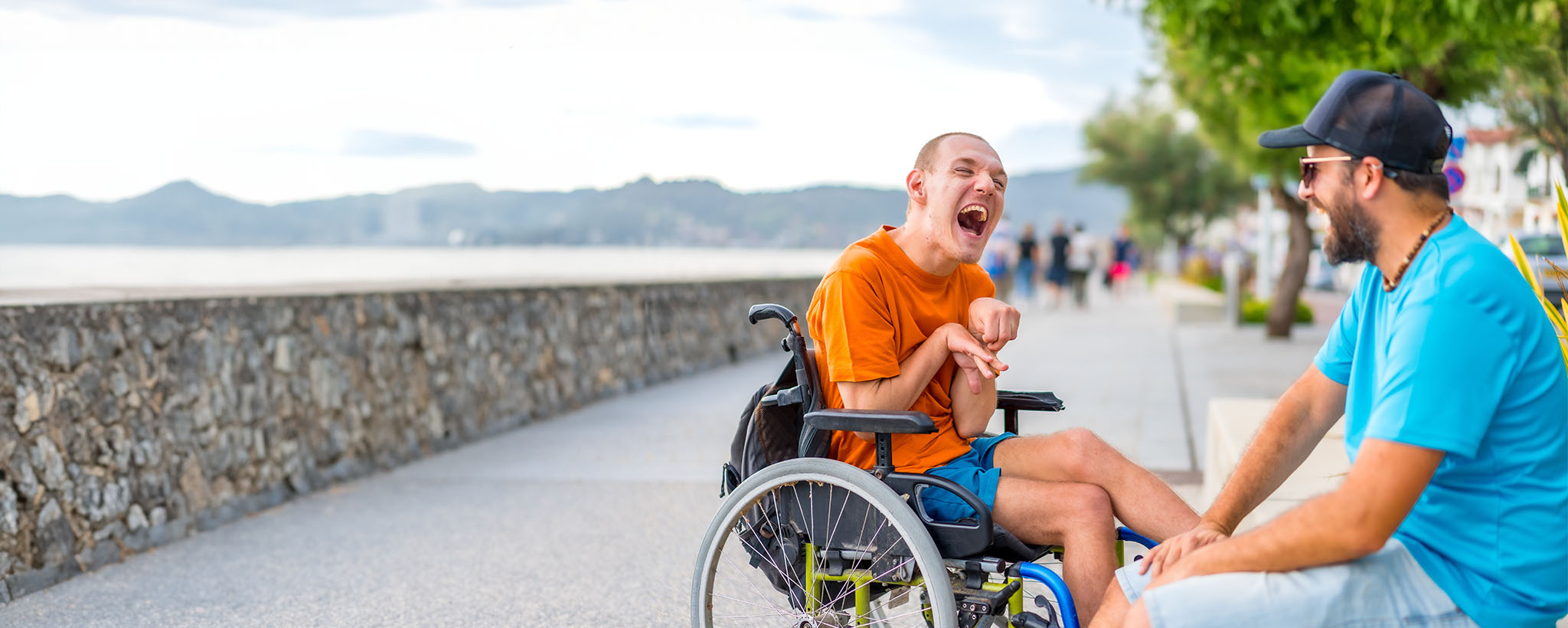In recognition of caregivers’ dedication and commitment to those in their care, FEMA and the Rosalynn Carter Institute for Caregivers (RCI) have created the Disaster Preparedness Guide for Caregivers to help them navigate unique challenges that may arise during disasters. While caregiving can be overwhelming at times, taking three essential steps—assessing needs, engaging a support network, and creating a plan—can help caregivers feel more prepared and in control when disaster strikes.

The Disaster Preparedness Guide for Caregivers includes tailored information and resources for three main caregiver audiences: those who can involve their care recipient in their planning, those who can engage a support network to aid planning, and solo caregivers. It provides key considerations caregivers can use to identify their care recipient's needs and how they may change during a disaster.
Take Control Step 1: Identify Barriers and Risks
As a family caregiver, you are used to handling the unexpected. You know that circumstances can change quickly and that plans need to adjust based on the needs of your care recipient—sometimes day-to-day and sometimes hour-by-hour. You know how to navigate complex systems to help your care recipient lead a fulfilling and meaningful life. All your experience as a caregiver will help you prepare your care recipient for disasters and emergencies. Caregivers and their support networks have a window into the world of their care recipients. Yet often, it is easy to miss some specific barriers they may face. Understanding your care recipient’s unique risks is vital in personalizing a comprehensive disaster preparedness plan.
Take Control Step 2: Learn and Connect
Now that you have taken some time to assess the barriers, risks, and needs that your care recipient may face, step 2 will help you assess preparedness roles, learn about resources to meet these needs, and provide guidance on fostering a collaborative approach to preparedness. If you are a solo caregiver, now is the time to start building connections to create a support network that will allow you and your care recipient to be resilient in the face of barriers and risks you encounter.
Take Control Step 3: Make a Plan
Now that you have done a thorough risk assessment and identified the resources available to you and your care recipient, you are ready to make a disaster emergency plan. This includes building a disaster preparedness kit and preparing for evacuation or disaster sheltering scenarios. While planning, you will want to include your care recipient, when possible, as well as family and friends and any support networks you have developed. Be honest and open about the process and the role you are willing to play.


